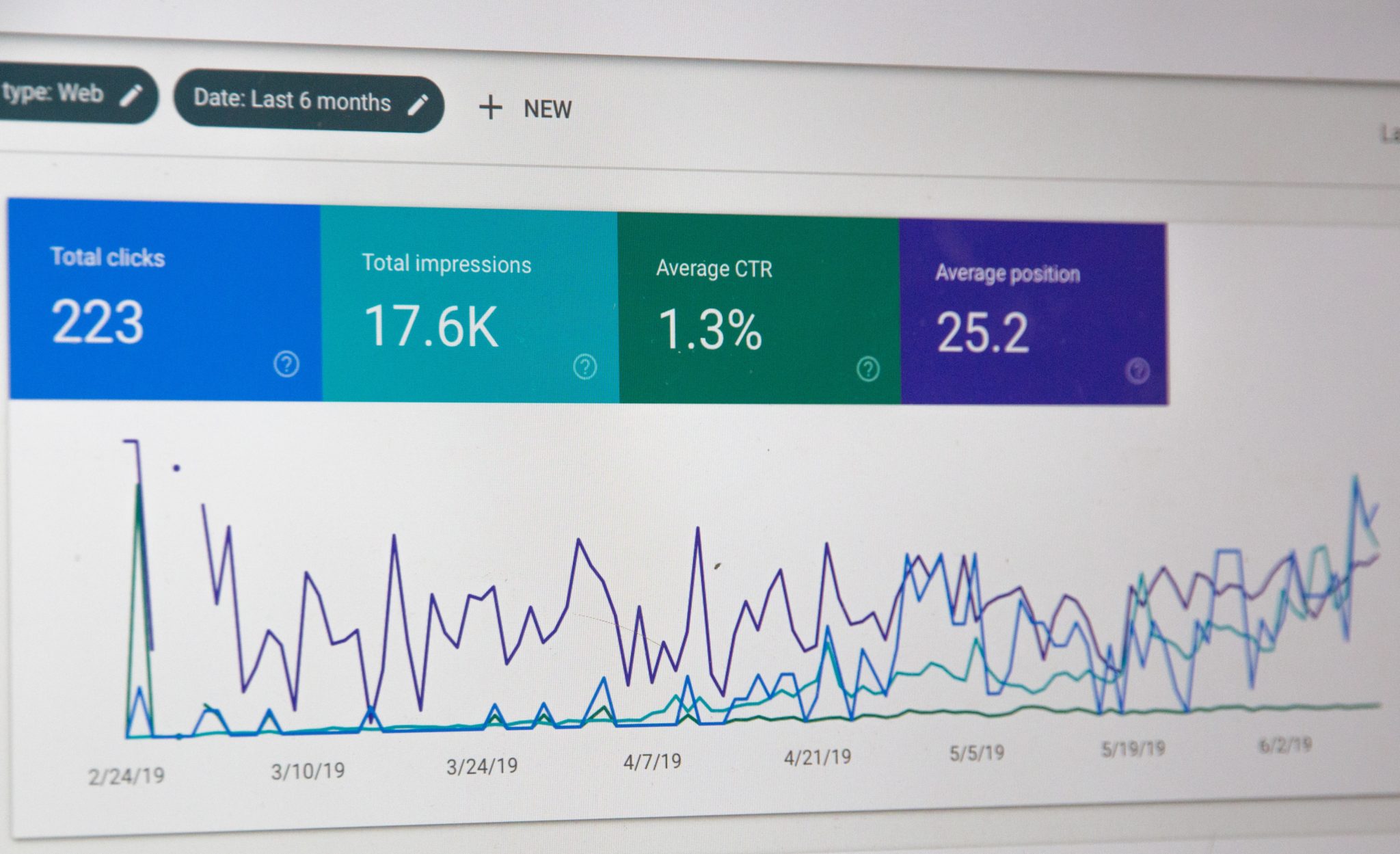Every few years, the idea of updating the career site usually pops up on the radar for most HR/talent acquisition teams. Whether the site should be updated more frequently than that is a totally different conversation for another day (hint, the answer is yes, assuming you’re consistently hiring people year to year). Whether you have plans to keep the site updated, or do a big overhaul, is to think about the value of a new career site in a way that your CFO would appreciate.
I’ll admit it. When I think about value, I am a pretty cold-hearted capitalist. Don’t get me wrong. It feels good to be proud of your career site design and content. Winning awards or getting compliments from candidates is great validation for the work you’re doing. But at the end of the day, in a business context, if you’re not getting a hard ROI from your efforts, then it’s usually not worth doing.
Hard ROI Explained

Another example may be a new machine or piece of software that automates a process. Our new machine costs X, but generates Y in new profits each year and so our payback is 6 months, and thereafter we make a hefty return.
This “profit and loss” way of thinking has its limitations but is very much aligned with how some of the key stakeholders in the business think. Namely, the CFO and others who control the budget typically operate in this manner. So, it’s vital to speak their language when asking for resources.
Of course, many factors don’t fit into a spreadsheet which impacts whether or not something is successful or not. Maybe that new machine that has a high ROI replaced a few people, and letting them go has impacted morale across the organization. Perhaps those salespeople we hired are distracting the product team with lots of one-off requests that inhibit them from building long term value in the company.
The last point on hard ROI is that it can be pretty tough to measure with less obvious projects, like a career site.
The Hard ROI from a new Career Site
Career sites are indisputably one of the most important parts of a company’s employer brand. They allow your recruiting team to showcase employee value propositions, and generally speaking are a great way to engage and convince talent that they should work for your organization.
That said, most career sites are outdated. Some aren’t even mobile optimized. And few have engaging content. Maybe this is what your site currently looks like, and you want to spruce it up. You’ve found a vendor to help with design, building content, coding, and hosting the site. But, it will cost money – let’s say $10k for the sake of round numbers – and you need to convince your CFO to allocate that budget.
When thinking about employer branding initiatives, it’s always helpful to think about the analog with sales and marketing. Why does marketing invest so much into the corporate website? To get more customers. How do they measure this? By looking at how changes to the site convince more people to buy a product. We can use the same logic to think about the ROI for our new career site.
Let’s say we get 1,000 visitors to our page a month, and 5% apply for jobs. If we build microsites for our key roles, add a few employee testimonials, and clean up our UI, we may expect to get 10% of people who visit the site to apply for jobs.
This extra 5% of people translates into 50 new applicants per month. If we hire 4% of applicants, that translates into two more hires per month. If we have a $4k cost/hire, that is $8k/month in savings. Not bad. In fact, we get our $10k investment back in less than two months, and then have a nice monthly annuity of $8k of value.
Of course, your business maybe has very different numbers here, but doing the math out allows you to think deeply about whether this is a good use of capital for your business. You may determine this is a no brainer investment, or that you’d be better off buying another type of hr technology, investing in company culture, or training.
One pro-tip is that you can look back 6/18/24 months from now, and see what actually happened. Maybe your apply rate went to 15%. Maybe your hire rate goes to 6% because these newer applicants were higher quality by virtue of needing to be convinced to apply. Maybe there is an ROI from decreasing time to fill. Maybe this has also helped your diversity efforts. Or, maybe there were unintended negative consequences of your project – and that’s valuable to understand as well!
Hopefully, this framework is useful to your efforts across employer branding and the rest of your job. Calculating a hard ROI is so important for HR because of its traditional place as a cost center in the business. It’s also so important for our more in-depth understanding of how to make budgeting decisions.

